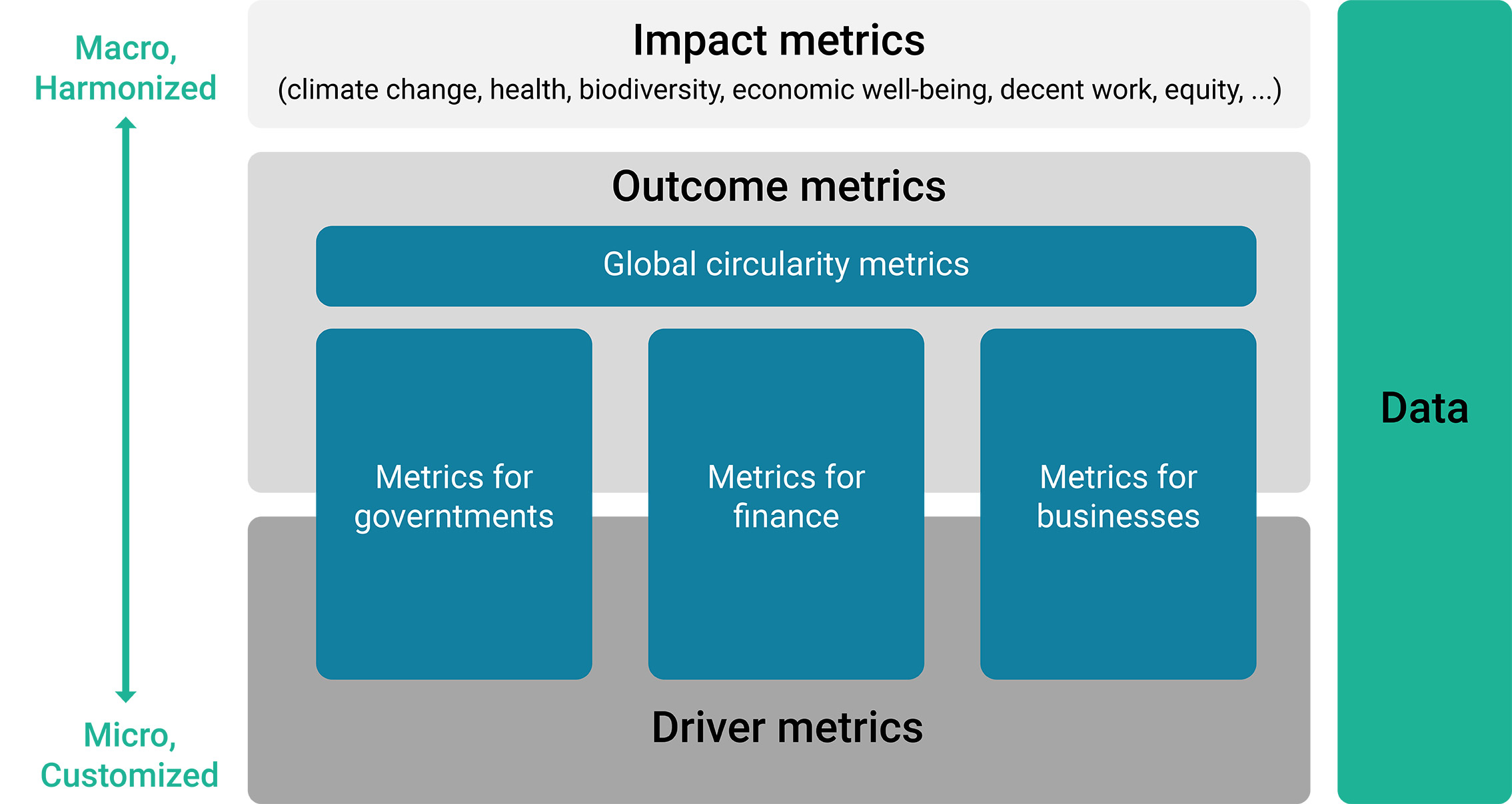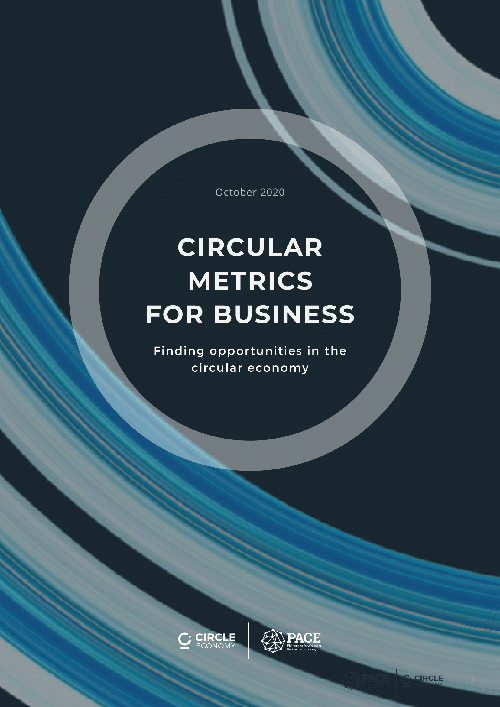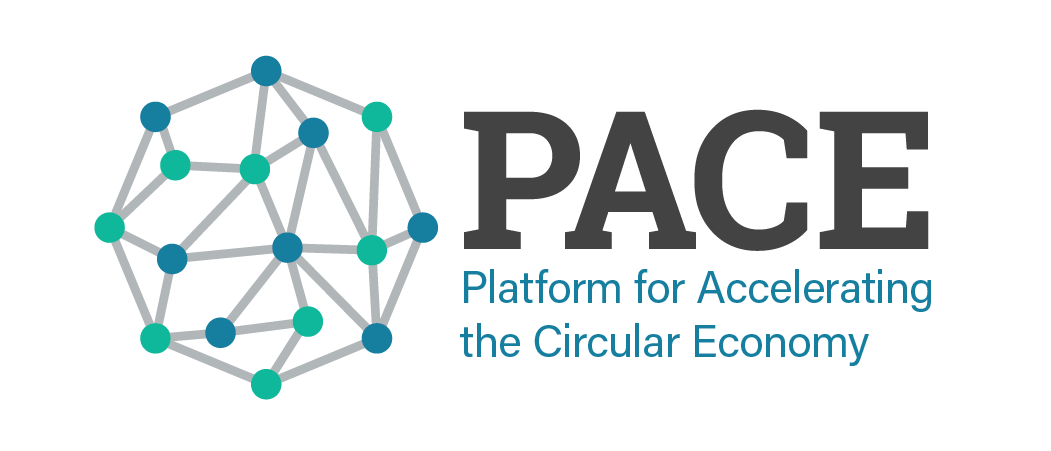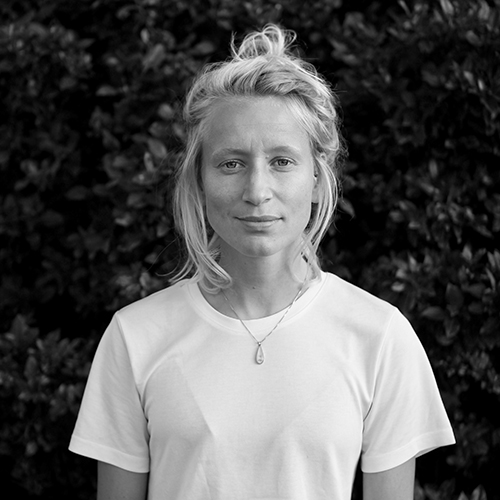
Page TItle
Metrics
Subtitle
Metrics are crucial to steer the circular transition, build cohesion, monitor progress, and evaluate the impact.
The transition to a circular economy requires systemic change across all sectors and is complex in terms of the goals and the stakeholders it encompasses.
Metrics are imperative to guide the transition, build cohesion, and evaluate impact.
The breadth and variety of indicators to measure circularity has grown significantly in the past few years, with key stakeholders speaking ‘many languages’. Several branded frameworks have emerged as generic guidance on how to measure progress on circularity, and several initiatives exist to work towards standardizing terminology and indicators frameworks at higher levels. However, with a variety of challenges ranging from limitation in indicators coverage to data availability and collection, the circular economy metrics field is still on its way towards maturity.
For metrics to be successful in supporting the transition to a circular economy, they must be consistent, meaningful, widely accepted, and easy to understand.
PACE and Circle Economy have established the Circular Economy Indicators Coalition (CEIC) to drive harmonization and increased application of circular indicators. Building on the current indicators landscape, the CEIC aims to:
-
Create an overview and provide access to increase the use of meaningful circularity indicators to measure the progress and impact of the circular economy.
-
Connect key initiatives and stakeholders to facilitate exchange, improve alignment, and bridge critical gaps.

PACE Program Manager and contact
Actions working toward circular metrics
Resources for circular metrics

Circular Indicators for Governments
Accelerating action in the circular economy Download






